Lesson 1: Long An Party Committee leads the resistance against America
Long An is located at the western gateway of Saigon, with an important strategic position. During the resistance stages, especially during the Ho Chi Minh Campaign, the enemy concentrated the highest force to attack Long An to protect the nerve center and military bases.
Long An Monument Park "Loyalty and steadfastness, the whole people fight the enemy" vividly depicts a heroic historical period of our people and army, especially during the resistance war against America to save the country.
“Whoever controls Long An province has the upper hand…”
According to the story of former Provincial Party Secretary - Le Thanh Tam and the History of Long An Provincial Party Committee (1930-2000), the Long An Provincial Party Committee during the resistance war against the US (including Kien Tuong) was established on the basis of rearranging the Party force organization of the two Party Committees of Tan An and Cho Lon during the resistance war against French colonialism.
From the end of 1957, the Party organization was divided into two: Long An Party Committee and Kien Tuong Party Committee. That was the period when we had armed forces but they were still very young and were not allowed to fight with arms, while the enemy was still trying to promote the program of "denouncing and destroying communists", with Long An being one of their most important focal points.
Former Provincial Party Secretary - Le Thanh Tam recounts the heroic period of the nation
After 1954, Saigon became the capital of the puppet government and a major US military base in Southeast Asia. Long An was a large strip of land running from the Dong Thap Muoi base area through the border area to the west and south of Saigon, so it had a very important strategic position.
The Long An battlefield has two particularly important characteristics for both sides. One is the suburban nature, Long An not only borders Saigon but also acts as a belt surrounding the West and South of the city, so it is both a springboard for attacking the city and blocking the vital route connecting Saigon with the West - a warehouse of people and goods. Two is the corridor base nature of the Moc Hoa and Kien Tuong areas, which is the "bridge" connecting the East with the Southwest.
That is why American military experts believe that "Whoever controls Long An province has the upper hand...". That is the reason why during the 21 years of resistance against the US, the enemy always concentrated its military forces to the highest level to attack the revolutionary forces in this area to protect the capital and their largest military base, making the Long An battlefield always tense and fierce.
The box recreates the weapons manufacturing engineers inside Long An Monument Park
During more than 20 years of resistance, Long An province had 5 changes in the organization of the battlefield, which were also 5 major changes in the organization of the Party Committee to suit the specific situation. From 1954-1957, it was organized into 2 provincial-level Party Committees: Tan An and Cho Lon; from 1957-1967, there were 2 Party Committees: Long An and Kien Tuong; from 1968-1970, there were 3 Party Committees: Zone 2, Zone 3 and Kien Tuong; from 1971-1972, there were 2 Party Committees: Zone 23 and Kien Tuong; from the end of 1972-1975, there were 2 Party Committees: Long An and Kien Tuong.
In addition, there were 4 changes in the commanding agency at the Regional level. From 1954-1967, it belonged to the Inter-Provincial Party Committee and the Regional Party Committee of Region 8; from 1968-1970, it belonged to the Central Bureau; from 1971-1973, it belonged to Region 7; from 1973-1975, it belonged to Region 8. Each such change required rearranging and reassigning cadres. That created considerable difficulties in the construction and stability of the Party Committee in the fierce war conditions.
Launch a national movement to fight the enemy
Going back in time to the years 1965-1967 to recall the days considered the most fierce of the resistance war against America to save the country.
According to many historical documents, implementing the "Local War" strategy, in 1965, the US imperialists sent massive expeditionary troops into the South in order to destroy the revolutionary forces; at the same time, they blockaded the Gulf of Tonkin and bombed the North with the goal of "bringing the North back to the Stone Age". Responding to President Ho Chi Minh's call
"No matter how many tens of thousands of troops the US directly sends to the South, no matter how many years, 20 years or longer it takes to fight, the Vietnamese people are determined to fight until complete victory" and the emulation movement "Determination to defeat the US" launched by the Central Committee of the National Liberation Front of South Vietnam, with the determination to defeat the US, the Long An Party Committee launched a movement for the entire people to fight the enemy.
Mr. Nguyen Van Kiem and youth union members of Can Giuoc district visited and learned about the historical site of Cau Kinh area.
In many places, soldiers, guerrillas, and people competed to achieve the titles of Brave American Destroyer, Brave Vehicle Destroyer; both the elderly and children participated in fighting the Americans. That is, they made weapons, cleverly stole weapons from American soldiers, and some teenagers destroyed American tanks and helicopters.
Many families dug tunnels at night to hide cadres, and during the day went to fight political battles, preventing enemy sweeps. Many guerrilla groups both produced and fenced off villages to fight, fighting the enemy in many ways: using wasps, spikes, thunderbolts, fake battlefields, etc.
With the people's war strategy, building fighting villages and anti-American belts, attacking the enemy with many prongs, being flexible and versatile, the people and army of Long An steadfastly held their ground, ensuring the mission of serving the battlefield and maintaining the strategic corridor.
In the unequal battle between us and the enemy in the key area of Long An, at times the enemy concentrated an expeditionary force with puppet soldiers commanded by the US with a number of up to hundreds of thousands of soldiers, equipped with modern means and weapons. However, the entire Party, people and army of Long An with determination, bravery, resilience, and the strength of patriotism, made glorious achievements in the climax of the anti-US movement.
Especially in Long An, during the period of fighting against the “Special War” and “Local War” of the US-puppet, the meaning of “The whole people fight the enemy” was not only the gathering of the main force, local troops, and guerrillas, but also the strength of the whole people. That is a profound characteristic of Long An “Loyal, brave and resilient”.
Historical site of the American Extermination Belt in Rach Kien, Can Duoc district
Mr. Nguyen Van Kiem, a historical witness during the 45 days and nights of fighting the Americans (from June 5, 1967 to July 20, 1967) in Cau Kinh area, Phuoc Vinh Tay commune, Can Giuoc district, recalled: "At that time, we were thoroughly imbued with the motto "Hold tight to the American belt and fight".
On June 5, 1967, in the Cau Kinh area, our forces, although thin in numbers and lacking in equipment and weapons, organized an ambush, fought bravely, stopped and repelled the enemy's sweep operation. More than 200 American and puppet soldiers were killed, 4 planes were shot down and 3 warships were sunk. That feat made the army and people of the lower Can Giuoc region proud. This victory made an important contribution to the province's overall achievements in the emulation movement "Find the Americans to fight, find the puppets to destroy", which was the basis for the Central Committee of the National Liberation Front of South Vietnam to award Long An eight golden words"./.
(to be continued)
Thanh Nga
Lesson 2: Resistance war against America - The peak of the people's movement to fight the enemy
Source: https://baolongan.vn/50-nam-giai-phong-long-an-nhung-dau-an-khong-quen-bai-1--a193838.html


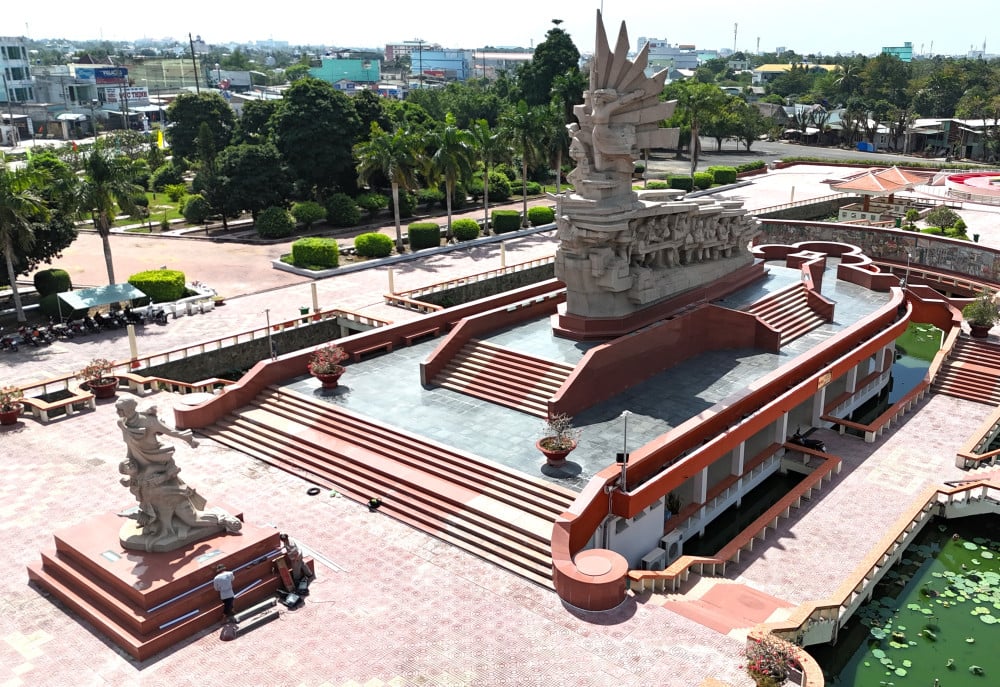
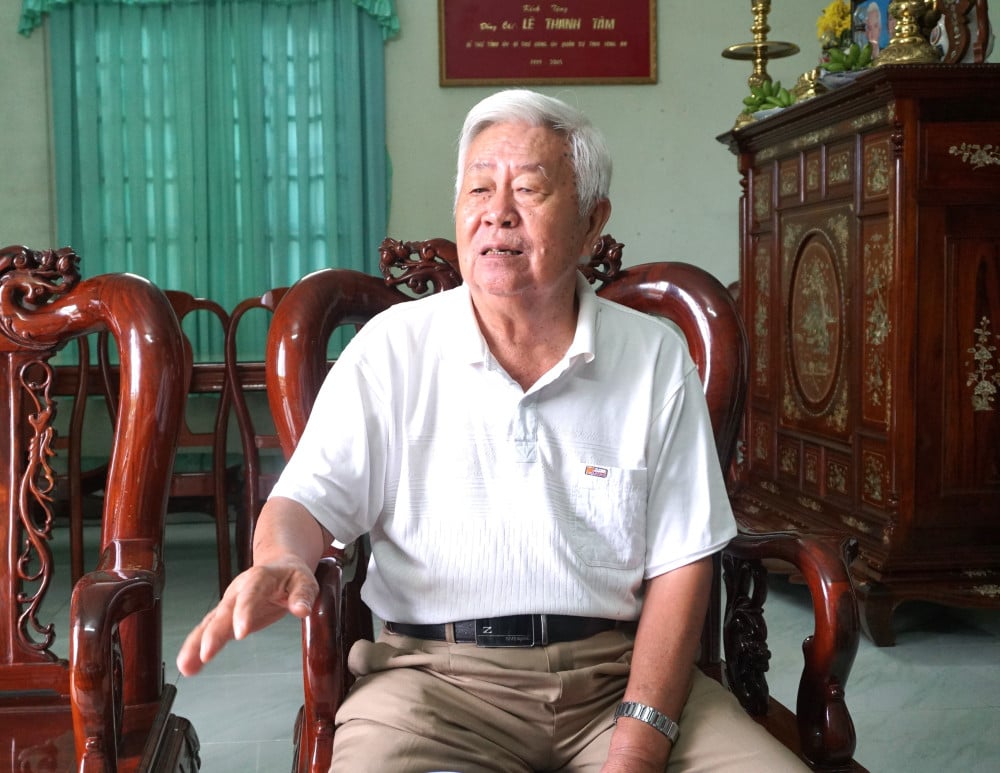
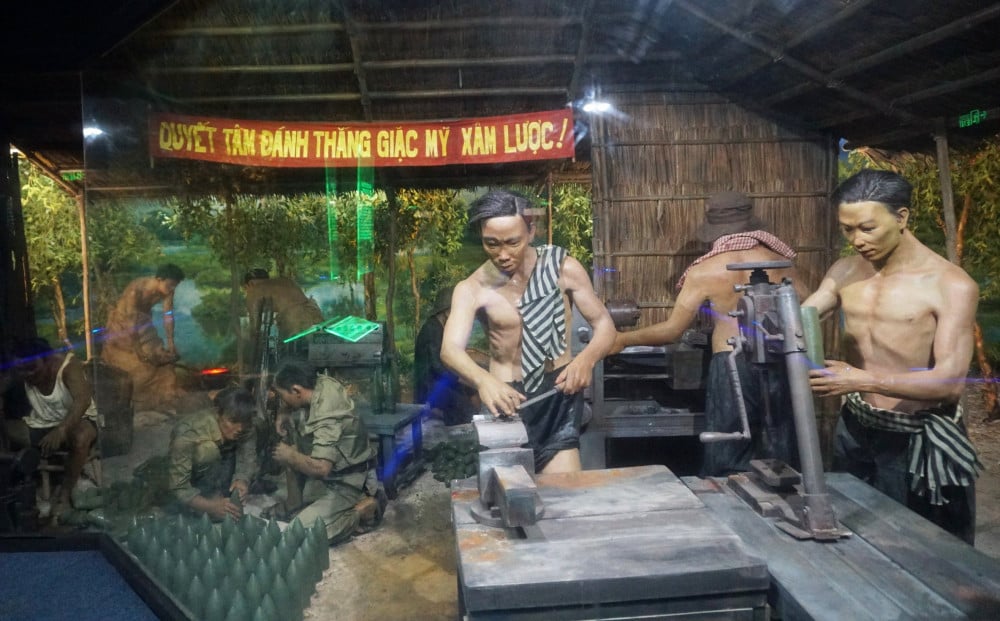
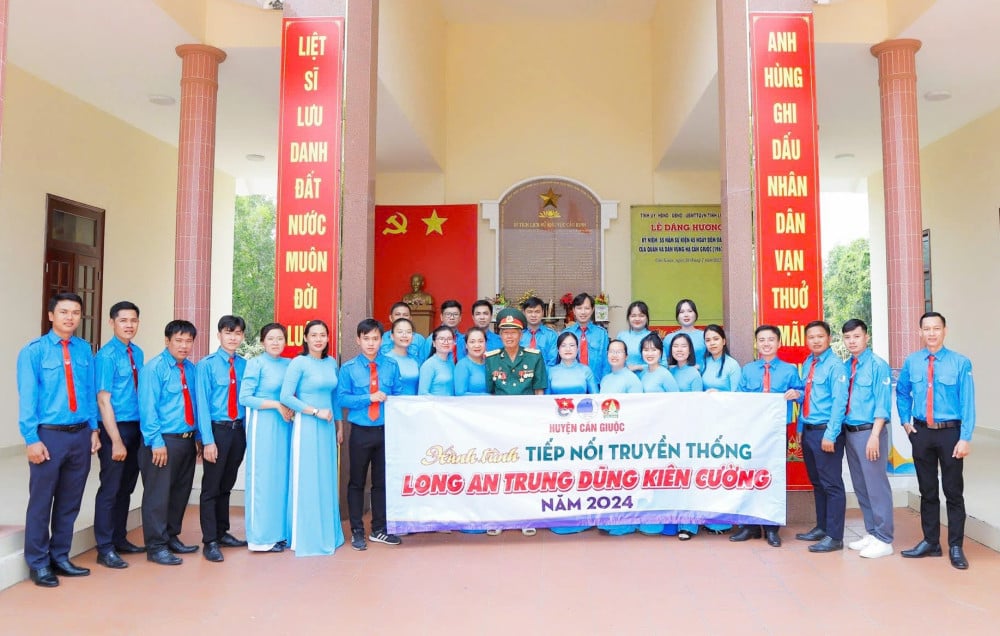
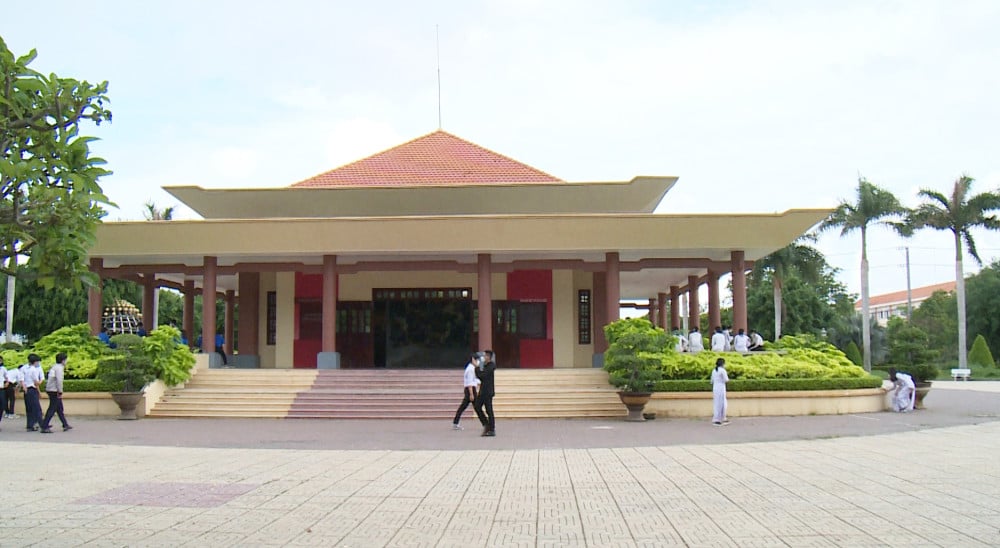

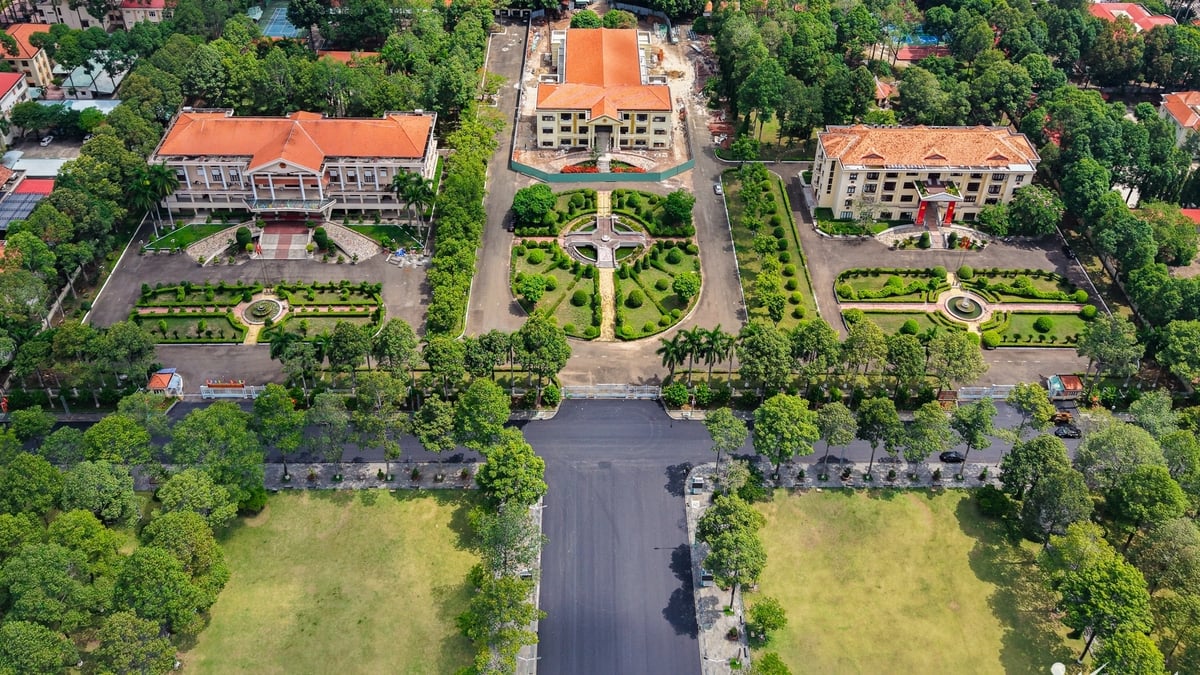


![[Photo] Prime Ministers of Vietnam and Thailand visit the Exhibition of traditional handicraft products](https://vphoto.vietnam.vn/thumb/1200x675/vietnam/resource/IMAGE/2025/5/15/6cfcd1c23b3e4a238b7fcf93c91a65dd)



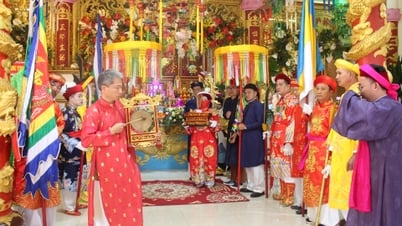



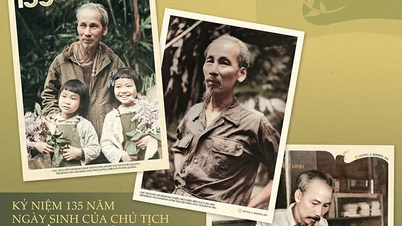
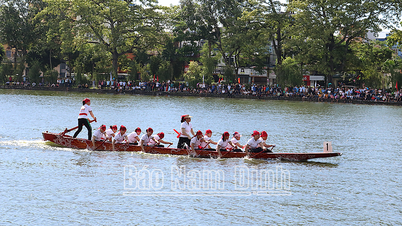

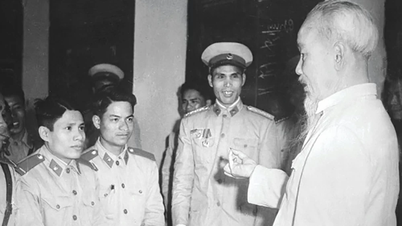




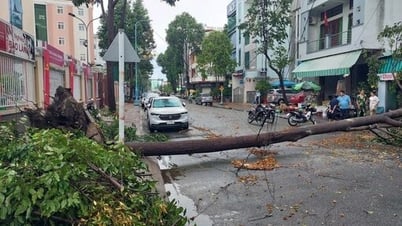

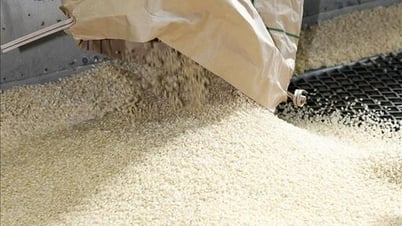
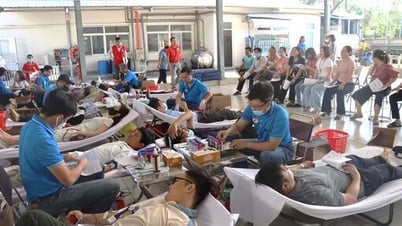


![[Photo] National Assembly Chairman Tran Thanh Man meets with Thai Prime Minister Paetongtarn Shinawatra](https://vphoto.vietnam.vn/thumb/1200x675/vietnam/resource/IMAGE/2025/5/15/e71160b1572a457395f2816d84a18b45)


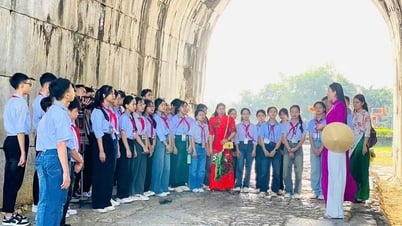

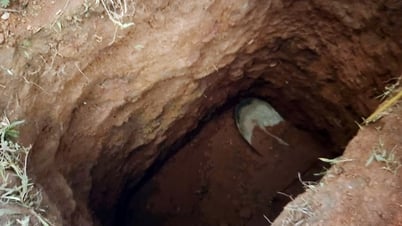




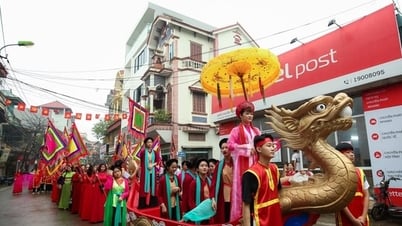





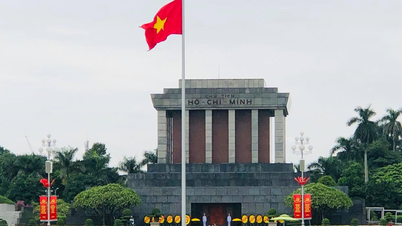

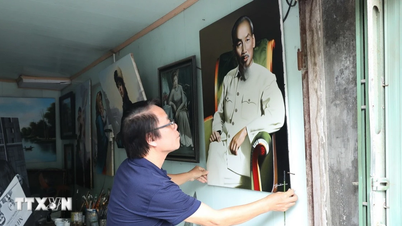

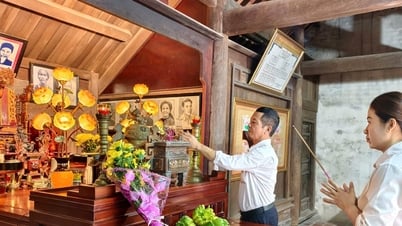

















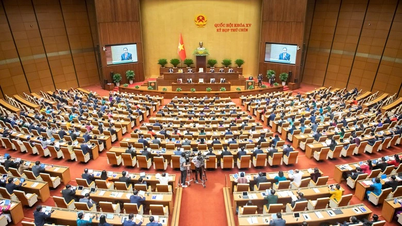

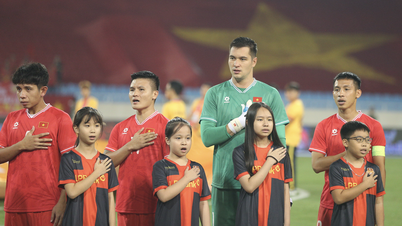
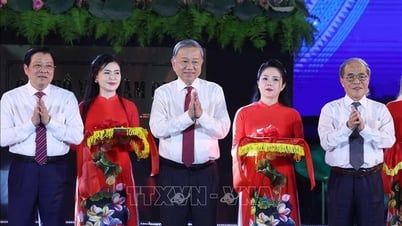

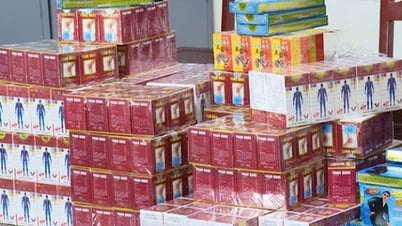

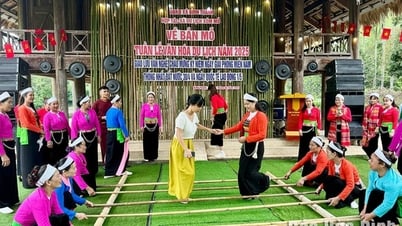






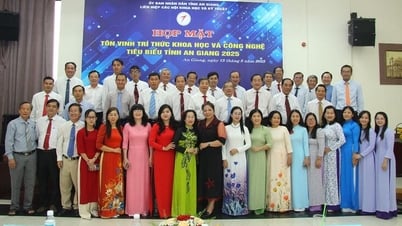

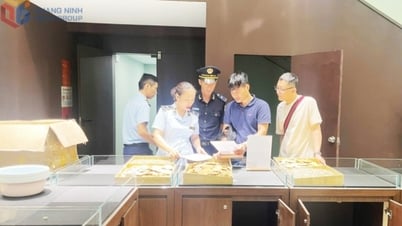











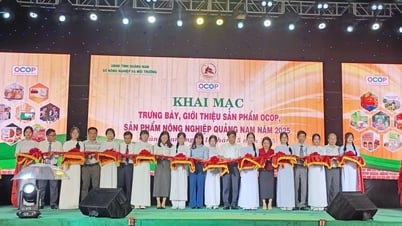

Comment (0)